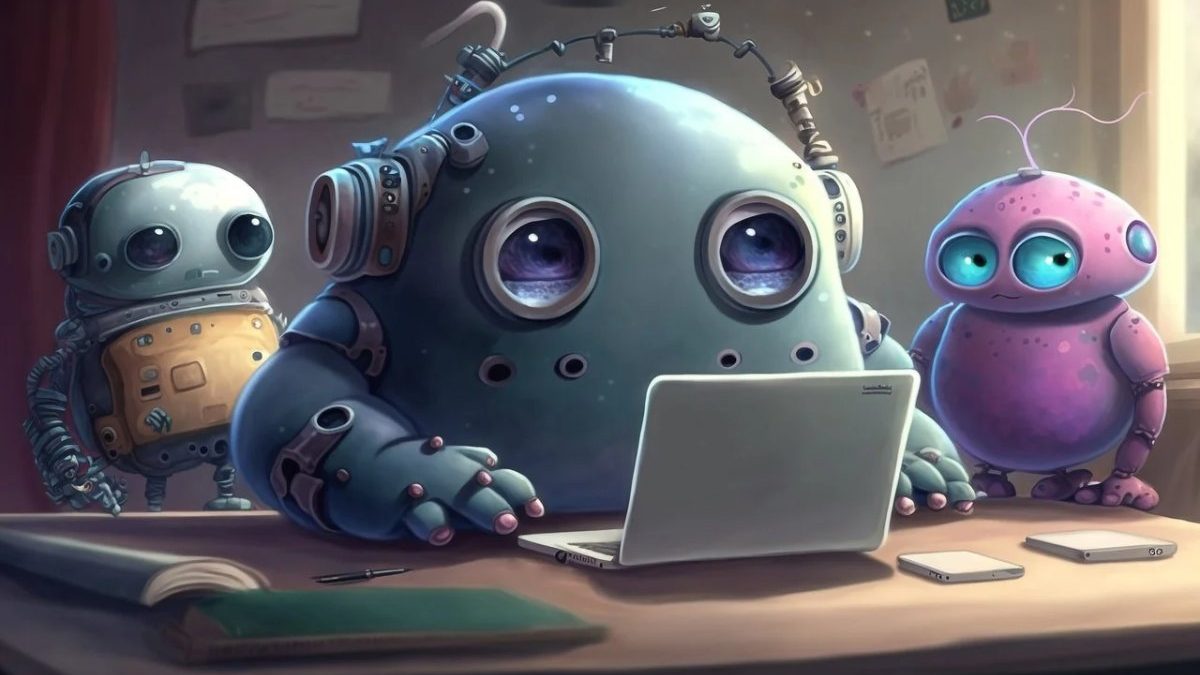In today’s fast-paced digital world, customer service plays a crucial role in the success of any business. Companies need to engage with customers quickly and efficiently to meet rising expectations. As businesses look for ways to streamline communication, a common debate has emerged: Should you rely on WhatsApp Chatbots or live agents to manage customer service interactions?
While both have their strengths, it’s important to find the right balance that ensures optimal service delivery and keeps customers happy. This article explores the pros and cons of WhatsApp Chatbots and live agents, how they can be integrated into your business, and why combining both might be the best approach.
Table of Contents
ToggleThe Role of WhatsApp API Integration in Modern Business
The WhatsApp API integration has transformed how businesses interact with their customers. Through the API, companies can access WhatsApp’s massive user base, leveraging the platform’s features to create seamless, real-time communication. Businesses now have the power to deploy both WhatsApp ChatBots and live agents, making it easier to handle customer inquiries, orders, and support on a platform that people already trust and use daily.
But as businesses implement these tools, they face a choice: Should they lean more toward automation with chatbots or continue relying on human agents to provide a personal touch?
Understanding WhatsApp Chatbots
A WhatsApp Chatbot is an automated program that communicates with users in real time, simulating human conversation through text-based interactions. These bots can answer frequently asked questions, guide users through processes, and even complete simple tasks like processing orders or providing updates. With machine learning and natural language processing technologies improving, chatbots have become more sophisticated, capable of handling a wide range of queries.
Benefits of WhatsApp Chatbots:
- Availability Around the Clock: Chatbots don’t need breaks or sleep, so they can provide 24/7 customer support. This is especially helpful for businesses with a global customer base.
- Handling High Volumes: Chatbots can manage large numbers of customer queries at once, ensuring no one is left waiting for a response. This reduces customer frustration and improves response times.
- Consistency in Responses: Bots are programmed to offer the same information every time, eliminating human error. This ensures consistency in the answers given to customers and helps maintain brand messaging.
- Cost-Effective: Deploying a chatbot reduces the need for large customer service teams. While setting up a chatbot might involve upfront costs, long-term savings can be significant.
Despite these advantages, chatbots have limitations. They excel at handling straightforward queries but often fall short when customers have complex or unusual issues. This is where live agents come into play.
The Strength of Live Agents
While chatbots are great for automating basic tasks, there’s no substitute for the personal touch that a live agent can offer. Human agents are better equipped to handle nuanced conversations, where empathy, creativity, or problem-solving skills are required. Customers often appreciate talking to someone who can understand their frustrations and respond in a more personalized manner.
Benefits of Live Agents:
- Emotional Intelligence: Live agents can offer empathy, patience, and understanding, which is especially important when dealing with frustrated or upset customers.
- Problem Solving: For more complex issues, live agents can think critically and creatively to find solutions that a chatbot wouldn’t be able to provide. They can escalate matters, explain nuances, and adapt their responses to meet individual customer needs.
- Building Relationships: Human agents can build rapport with customers over time, fostering loyalty and trust. This connection is harder to achieve with an automated chatbot.
- Adaptability: Live agents can adjust their approach based on the tone of the conversation. If a customer seems particularly upset or confused, agents can slow down, explain things differently, or offer a more personal level of assistance.
However, relying solely on human agents has its downsides. They can only handle one customer at a time, leading to longer wait times during busy periods. Additionally, operating a live agent team around the clock can be expensive, especially for small businesses.
Striking the Right Balance: Chatbots and Live Agents Working Together
Rather than choosing between WhatsApp Chatbots or live agents, many businesses are realizing that combining the two can create the ideal customer service experience. The goal is to let chatbots handle the repetitive, simple inquiries while reserving live agents for more complex or sensitive issues.
How to Integrate Chatbots and Live Agents Effectively:
- Automate the Routine: Use chatbots to manage FAQs, order statuses, appointment bookings, or product recommendations. This frees up live agents to focus on more complicated tasks.
- Seamless Escalation: Set up your WhatsApp API integration to ensure smooth transitions between chatbots and live agents. When a chatbot reaches the limit of its capability, it should immediately hand the conversation over to a live agent without making the customer feel like they’re starting from scratch.
- Provide Options: Not all customers want to interact with a bot. Make it easy for users to choose whether they want to engage with a chatbot or speak to a live agent from the beginning.
- Improve Over Time: Use data from both chatbots and live agents to continually improve service. Analyze which questions the bot struggles with and retrain it to provide better answers. Similarly, look for trends in what types of queries are most often escalated to human agents.
- Customer-Centric Approach: Always keep the customer’s experience at the forefront. Ensure that regardless of whether they’re talking to a bot or a human, they feel supported and valued. Regularly gather feedback to find areas for improvement.
When to Lean on Chatbots, and When to Use Live Agents
So, how do you know when to use a chatbot and when to rely on a live agent? It largely depends on the nature of your business and the type of interactions you typically have with your customers.
For businesses that receive a high volume of repetitive inquiries, such as shipping updates or simple product questions, chatbots can be a lifesaver. They save time and improve efficiency. However, in industries where emotional support or complex problem-solving is required, live agents should play a more prominent role. In these cases, you may want to use chatbots only for initial customer intake, with the bulk of the service provided by human agents.
Conclusion: A Hybrid Approach for Optimal Customer Service
In the modern business landscape, both WhatsApp Chatbots and live agents have an essential role to play. Rather than viewing them as competitors, businesses should see them as complementary tools that, when used together, create a more robust, efficient, and customer-friendly support system. The key is finding the right balance, allowing each to shine where they are strongest.
The WhatsApp API integration provides businesses with the flexibility to seamlessly blend these two approaches, ensuring customers receive fast, reliable service without sacrificing the human touch. Whether you’re a small business just starting out or a large corporation, a well-thought-out combination of chatbots and live agents can improve your customer service, increase satisfaction, and boost overall success.
Related posts
Hot Topics
What Are Fidzholikohixy: Understanding This Fictional Productivity Platform
Ever stumbled across the term “what are fidzholikohixy” and wondered if you’d missed out on some revolutionary new tool? I’ll…
What AI Cameras Mean For The Future Of Road Safety?
In many Indian cities, high-quality cameras with artificial intelligence keep an eye on vehicles at traffic signals and busy crossings….



